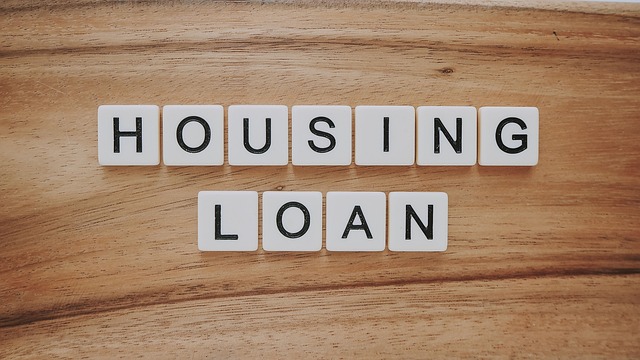Lower interest rates make homeownership more affordable, increasing demand and driving up home sales. Calculating monthly mortgage payments with loan details and calculators is crucial for real estate investments. Homeowners can save significantly by refinancing to lower rates or increasing down payments when rates dip, leading to long-term savings on 30-year mortgages.
In today’s economic climate, lower interest rates present a significant opportunity for real estate buyers. This article delves into the profound impact of reduced rates on the real estate market, offering insights that can help both prospective buyers and lenders make informed decisions. We provide a step-by-step guide to calculating new monthly payments and explore strategies for borrowers to maximize the benefits of this favorable environment, ultimately streamlining the path to homeownership.
Understanding the Impact of Lower Interest Rates on Real Estate

Lower interest rates can significantly impact the real estate market, making homeownership more accessible and attractive. When interest rates drop, so do the costs associated with mortgages, which in turn increases demand for properties. This is great news for prospective buyers as it allows them to secure financing at lower costs, thereby boosting their purchasing power.
In a scenario where interest rates are low, real estate investors and buyers can expect more affordable monthly payments, allowing them to stretch their budgets further. This trend often leads to a surge in home sales as people take advantage of the favorable borrowing conditions. Consequently, it stimulates economic growth, with many choosing to invest in properties, contributing to a vibrant and thriving Real Estate market.
Calculating Monthly Payments: A Step-by-Step Guide

Calculating your monthly payments is a crucial step in navigating the world of real estate, especially when considering a mortgage. It’s a process that involves several variables and can seem daunting at first. However, with a simple step-by-step guide, you can demystify this process.
Start by gathering the essential details: the loan amount, interest rate, and length of your mortgage term. Next, employ a formula or utilize readily available online calculators to determine your monthly payment. This calculation accounts for the intricate relationship between principal repayment, interest accrual, and time. The result is a figure that represents the portion of each payment applied to both reducing your debt and covering interest costs, ensuring you stay on track with your real estate investments.
Strategies for Borrowers: Maximizing Low Interest Rate Benefits

When interest rates dip, homeowners have a unique opportunity to save significantly on their monthly mortgage payments. Here’s how borrowers can maximize the benefits of low-interest rates in the real estate market:
First, review your current loan terms and compare them with updated options. Refinancing could be a game-changer, especially if you’ve maintained a strong credit score since taking out your original loan. You might find that switching to a lower-rate fixed-rate mortgage can offer stability and long-term savings. Additionally, consider increasing your down payment if possible; a larger down payment reduces the overall loan amount, lowering your monthly payments and interest costs. Remember, every percentage point saved translates to substantial savings over time, especially on a 30-year mortgage.






